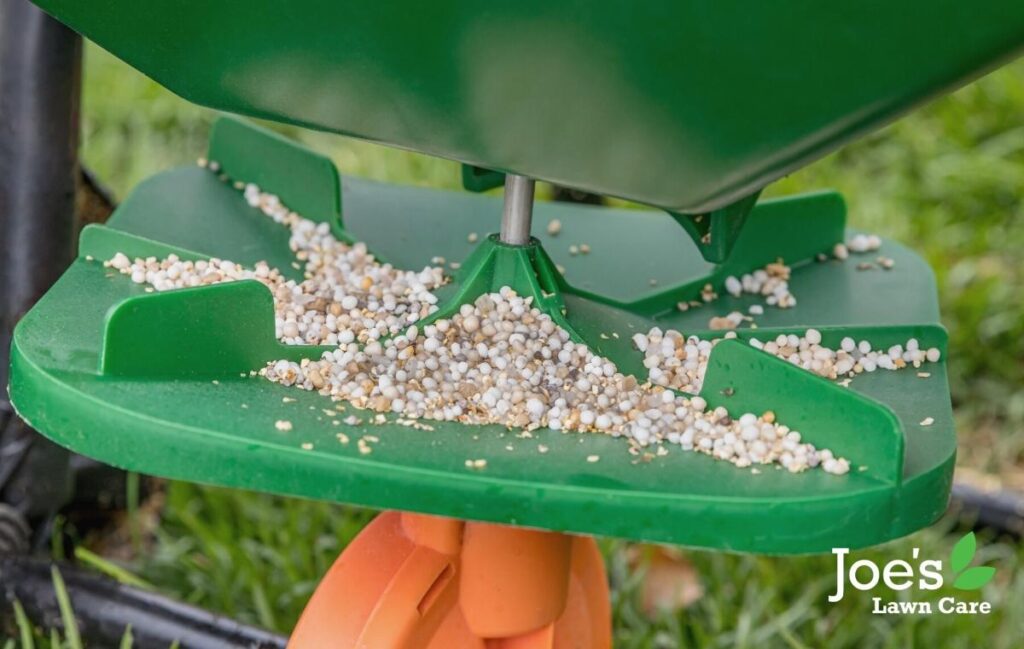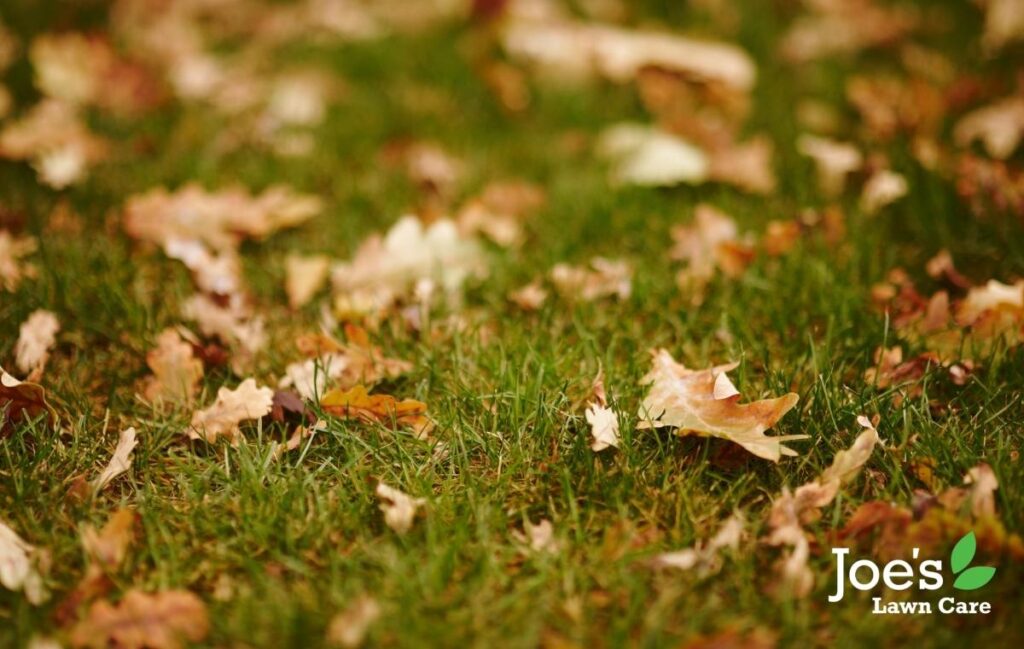Easiest Ways To Winterize Your Lawn Right Now
Oooooohhh the weather outside is frightful, but your lawn can look delightful, since it’s got no place to go, save it from the snow, from the snow, from the snow.
Okay, we’ll hold our hands up and apologise for ruining a Sinatra classic. But also, that was pretty good right. Ahh, either way, the point is: while your lawn might thrive in the summer months, you need to encourage it to survive the winter. Of course, that means getting motivated for some cold weather chores yourself. This is why we’re going to start by reminding you just how wonderful and joyous your lawn is.
And it is.
From midsummer picnics with the kids to growing your own odd-shaped tomatoes, to having people over for a sun-soaked BBQ. Your lawn has played host to all your best summer memories. So, to make sure you get this same level of pleasure from your garden next year, now is the time to show your lawn some TLC. You got to prep it properly and get it ready for the cold season that lays ahead.
Luckily, winterizing your lawn (yup, that feels like a made up word) can be done in just a couple of simple steps, after which your lawn will be ready for a healthy start once spring comes back.

The Secrets To Winter Lawn Care
The trick to actually improving your lawn’s health over the winter is to organically remove weeds, while simultaneously making your grass thicker. Both of which will enhance the amount of water and nutrients available to your roots.
Ask any keen gardener how to do this and they’ll tell you to apply some fertiliser. And guess what: they’re not wrong. But before you start feeding fertiliser to your lawn this autumn, the best thing you can do is check your soil’s pH level, which can be done with a simple DIY soil test. This isn’t partly to help you flex your superior lawn knowledge at every drinks party this Christmas, )FYI – a great chat up line). But mainly to help you understand the existing pH level and what nutrients are already available in your soil. After all, too many or too few of these nutrients can really harm your grass.
As for the results themselves, if you’re looking at soil that show’s too much acidity, simply apply the recommended amount of lime based on your soil’s pH level. And do it as soon as possible because it can take some time for the desired effects to take place. Alternatively, if your soil results are showing too much alkaline, consider spreading a little bit of sulphur around your lawn to balance it out, with the same level of urgency.
Scarify and Aerate
The other lawn care strategies to employ before the first frosts sweep across your garden is a) dethatching your lawn and b) fracture tine aeration, both of which will massively help those much needed nutrients get down to your lawn’s root zone. But that’s not all because both of these techniques will also reduce soil compaction. Therefore helping any water drain much-much better, right as the wetter months arrive. After that, try filling in any bare patches using the advice in our link.
And with all that said and done, you can now begin to fertilise your lawn. While the weather isn’t too hot and isn’t too cold (October/November). This is when grass tends to be most active. Translation: this is when your grass will best use the nutrients from your fertiliser. It will dramatically enhance root growth while also speeding up the necessary recovery it needs from the summer strains.

Cleaning Up Those Leaves
Whether all of the earth’s leaves have landed on your lawn or just a few of them, your grass is relying on you not to get lazy and go rake them up. That doesn’t mean doing a perfect job where every leaf is carefully deposited into your compost pile. You can leave a few small stragglers behind. But the big maple leaf-looking ones should be raked up before they add to the growing layer of thatch on top of your soil.
To take on this chore in the most efficient manner, there are a couple of options. Either use a leaf blower or collect the leaves with a rake and stuff them into your compost bin. Or, for another option, before putting your lawnmower in the shed for the winter, attach the grass catcher. Yank on the pull cord and get rid of those leaves the easy way.
Alternatively, try shredding your fallen leaves into healthy garden mulch with a mulching mower that will shred them into tiny pieces when you go over them. They need to be small enough that they will fall between your grass blades and be returned to your soil as nutrient-rich organic matter.
Or, are you okay with tolerating a lawn of fallen leaves and a bit of winter untidiness? Then there are dozens of wildlife species that would be forever grateful for your hospitality. That’s because these fallen leaves act as insulation for insects and creatures. It allows them to survive the cold winter temperatures. From ground-nesting bees to caterpillars, moths to birds, millipedes to spiders. There are so many creatures that rely on leaf litter for shelter, food and survival. So you could always make them a small area in your garden where they burrow away. You’ll be doing a good thing for that local wildlife.
Thanks for reading our guide on ‘Easiest Ways To Winterize Your Lawn Right Now’. For more lawn care tips and tricks, follow us on Facebook and Instagram.





